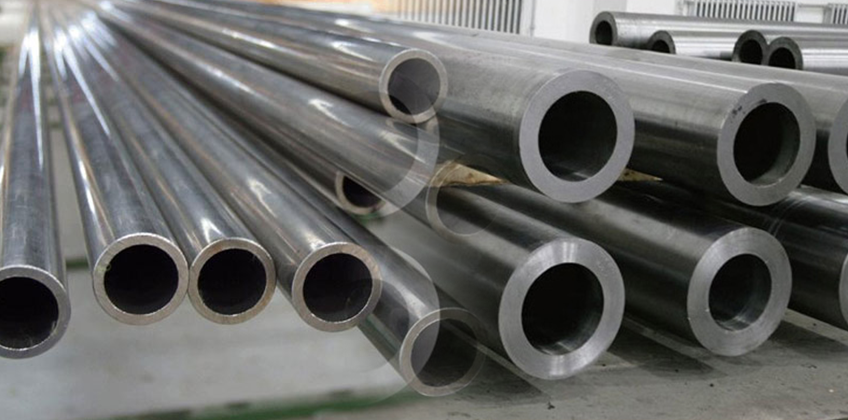304 Stainless Steel Tube VS 316 Stainless Steel Tube
In the stainless steel manufacturing procedure, the grades used are the 304 and 316 stainless steel tube. What makes these stainless steel tubes popular? It becomes important to know the differences and similarities between these two variants.
The components in a 304 stainless steel tube.
It contains eight percent nickel and eighteen percent chromium.
The components in a 316 stainless steel tube.
It contains a sixteen percent chromium, two percent molybdenum, and ten percent nickel.
The nickel-chromium ratio in 304 makes it a better choice than the 316 stainless steel tube.
The similarities between 304 stainless steel tubes and a 316 stainless steel tube.
Both 304 and 316 stainless steel tubes use nickel to keep their components at a lower temperature. Austenitic steels are well-known for corrosion protection, workability, and strength. Common advantages of using both the 304 and 316 stainless steel are
- Easy fabrication.
- Easy finish and.
- Easy to sanitize and clean.
Differences between 304 and 316 stainless steel tube
Cost differences
The 304 stainless steel is less corrosive and is the lowest cost when compared to the counterpart. The 316 is expensive because it contains both molybdenum and nickel. Though 316 is costly in the beginning, it can save money in the long run because it is less corrosive especially if the manufacturing unit is placing outdoors.
Resistance and Protection.
The 304 stainless steel tube is resistant to corrosion and oxidizing acids. However, there is a possibility of corrosion near the salted road and coastal areas. Chloride can cause pitting which spreads under the protective layers and damage the components.
But 316 showcases superior protection against corrosion because it contains molybdenum. The 316 is chloride-resistant and hence it can resist saline environments. It is a stainless which are marine grade.
Userfriendly
While considering formability, 304 is a better choice. 304 has lower strength, and the rate of work hardening is also less. Hence, it is easier to deal with 304. Though 316 is also equally sophisticated, the temperature differences can cause the use of 316 to be more difficult.
Note – 316 becomes magnetic at cold making.
It is to be noted that 316 is more weldable than 304 stainless steel tube. Hence, it becomes very essential, to know the corrosive resistance loss. Also, it is equally important to know the hot cracking. The 316 grade is easy to weld when compared to 304.
Conclusion
Here we have discussed ease of use, and it is very important to note that 316 is not easily available in different structures, forms, sizes, and finishes like the 304. Hence, it can be concluded that 304 is versatile and readily available.
It is always better to do your research before choosing which stainless steel will suit your needs and requirements. Finally, if you know that your outdoor is exposed to marine and harsh environments, then it is advisable to upgrade immediately to either 304 or 316.

